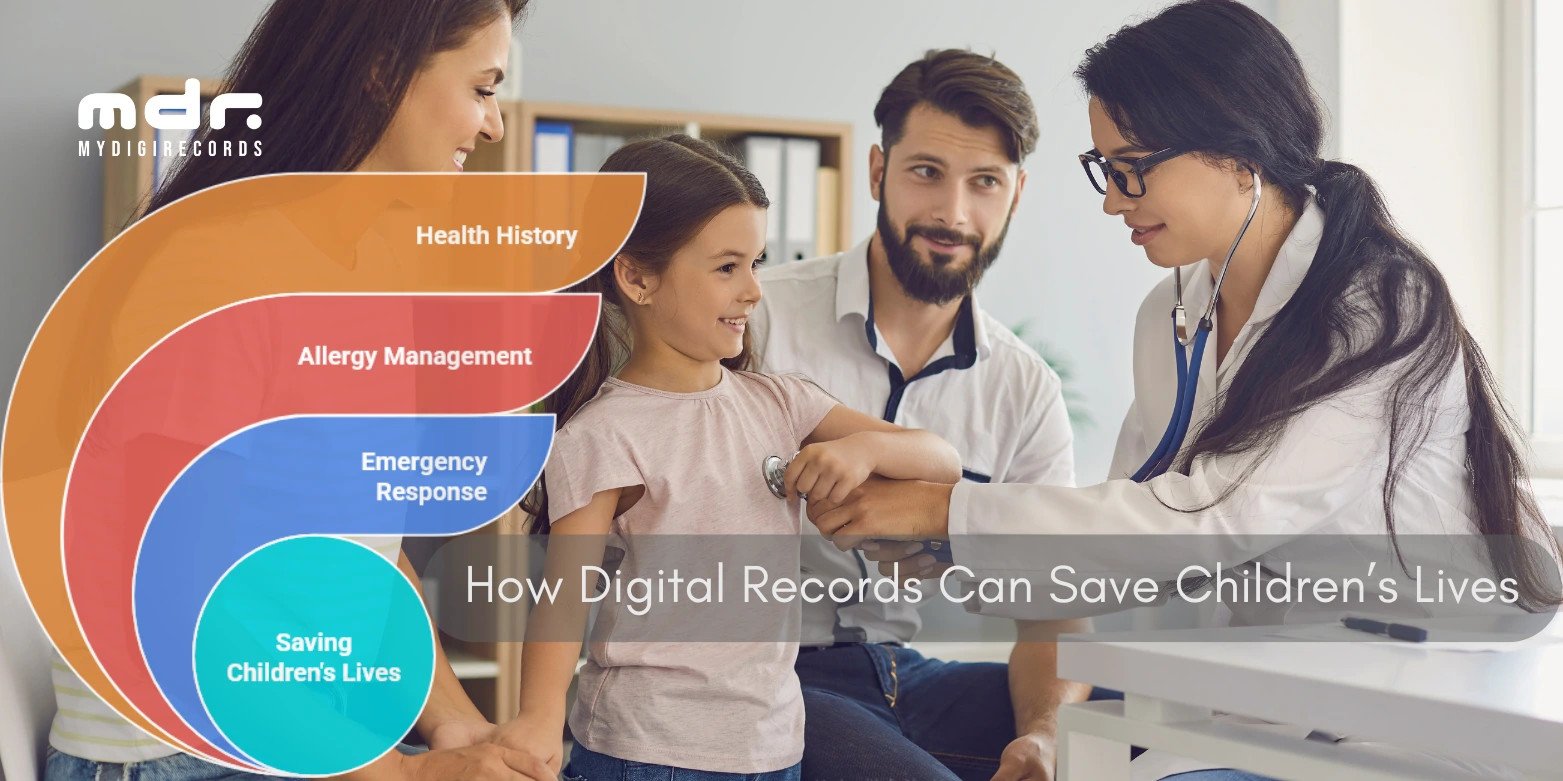From Allergies to Emergencies: How Digital Records Can Save Children’s Lives
Table of Contents:
The Hidden Risks in Childhood Health
The Traditional System Is Broken
What Are Digital Health Records for Children?
Real-Life Scenarios Where Digital Records Save Lives
The Role of Schools and Childcare Providers
Why Parents Should Take Control of Their Child’s Digital Health Record
Integrating Digital Health Records with Emergency Services
Why Every Second Matters:
Imagine this: a child collapses on a school playground due to an unknown allergic reaction. The staff rushes to help but has no idea what triggered the emergency – or whether the child is allergic to common medications like penicillin. In those first few critical minutes, access to that child’s accurate health records could mean the difference between life and death.
In an age where everything from grocery delivery to car rides can be accessed with a tap, why should life-saving health information be any different?
Welcome to the era of digital health records – a game-changer in how we care for our children, especially when time and accuracy are crucial.
The Hidden Risks in Childhood Health: More Common Than You Think:
Childhood is a time of discovery, adventure—and, unfortunately, risk. According to the CDC:
- Over 6 million U.S. children have food allergies.
- Asthma affects about 1 in 12 school-aged children in the U.S.
- Emergency departments see millions of children annually due to accidents or unknown health conditions.
In India, the situation is just as concerning:
- According to a study published in the Indian Journal of Pediatrics, over 25 million children in India suffer from some form of allergy, including food, dust, and drug allergies.
- The Indian Chest Society reports that 10-15% of children in India are affected by asthma, and the prevalence is rising in urban areas.
- The Ministry of Road Transport and Highways reports that children account for 6–10% of road accident victims, many of whom require emergency care.
- Additionally, a 2020 report by NCERT found that many schools in India are not equipped with adequate emergency medical systems or trained personnel.
Parents often assume that their child’s school, caregiver, or summer camp has all the necessary health information. But paper records get lost, forms go outdated, and vital details are missed.
In an emergency, relying on incomplete information—or no information—can lead to delayed treatment, wrong medication, or worse.
The Traditional System Is Broken:
Here’s what typically happens:
- Parents fill out a medical form during school enrollment or a camp sign-up.
- These forms are stored in folders, filing cabinets, or spreadsheets.
- Months (or years) pass without updates.
- In an emergency, staff scrambles to locate and interpret the child’s file.
Even in tech-enabled schools, the systems used are often not interoperable with hospitals or clinics. There’s no centralized health snapshot, especially for quick, real-time decisions.
This is where digital records step in—and revolutionize the process.
What Are Digital Health Records for Children?
A digital health record for children is a secure, centralized, and continuously updated online profile that includes:
- Allergies (food, drug, environmental)
- Medical history (asthma, epilepsy, etc.)
- Current medications
- Vaccination records
- Emergency contacts
- Doctor and hospital preferences
- Insurance details
Apps like MyDigiRecords (MDR App) now allow parents to maintain these details and share them instantly with schools, camps, babysitters, or even first responders.
Real-Life Scenarios Where Digital Records Save Lives:
- School Allergic Reaction
An 8-year-old child eats a snack that contains peanuts. She suddenly struggles to breathe. The school nurse accesses her digital record and sees a severe peanut allergy along with a note: “Carries EpiPen. Administer immediately.”
Result: The child receives instant care. Emergency services are called with full knowledge of her medical history. She’s stable before reaching the hospital.
2. Summer Camp Asthma Attack
At a remote summer camp, a 12-year-old boy experiences an asthma attack. Camp counselors use the digital records shared by parents and find:
- He’s asthmatic
- Takes a specific inhaler twice daily
- Is allergic to ibuprofen
They contact the emergency helpline linked in his record, and an airlift is arranged with a fully informed team.
3. Emergency Room Visit after a Car Accident
After a minor car accident, a child is taken to the ER unconscious. Parents are not immediately reachable. The hospital scans a QR code on the child’s school ID, which links to a secure emergency profile showing:
- Blood type
- Allergies to latex and penicillin
- Past surgeries
- Contact numbers
Treatment begins within minutes, tailored to the child’s needs.
The Role of Schools and Childcare Providers
Educational institutions and childcare providers are frontline responders in many emergencies. Yet, most lack the tools to:
- Access real-time health updates
- Share data with parents or EMS quickly
- Avoid human error due to illegible handwriting or outdated forms
By integrating digital health records, schools can:
- Scan a QR code to retrieve vital data
- Receive instant updates when health details change
Keep medical staff and teachers prepared for emergencies
Why Parents Should Take Control of Their Child’s Digital Health Record
1. Always Up-to-Date
Parents can update allergies, medications, and contact info on the go.
2. Accessible Anytime, Anywhere
Whether your child is at a grandparent’s house, school, or traveling abroad, their medical profile is just one scan or tap away.
3. Share with Permission
Apps like MyDigiRecords (MDR) let you control who sees what—whether it’s a coach, teacher, or doctor.
4. Supports Holistic Health
You can track growth, development, vaccination schedules, and even add mental health notes or milestones.
Data Security and Privacy: Addressing the Biggest Concern
Understandably, parents are cautious about sharing sensitive health data online.
Modern digital record systems are built with high-grade encryption, two-factor authentication, and HIPAA compliance (in the U.S.) or NDHM (National Digital Health Mission) compliance (in India).
You can also:
- Set emergency-only access
- Limit data visibility by role (e.g., school nurse vs. camp counselor)
- Revoke access at any time
It’s safer than paper files that can be misplaced or misread.
Integrating Digital Health Records with Emergency Services
Some systems now integrate directly with EMS databases. In the event of an ambulance being dispatched:
- The paramedic scans a QR code or NFC chip (on ID card or phone).
- Vital data is loaded instantly: conditions, allergies, medications.
- A more accurate and faster treatment begins en route to the hospital.
This bridges the gap between first responders and personalized care.
Making It Happen: How to Set Up a Digital Health Record for Your Child:
Step 1: Choose a Trusted App
Start with a verified platform like MyDigiRecords (MDR), which offers parent-friendly features and high-grade security.
Step 2: Create the Profile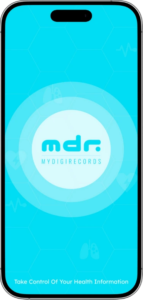
Add:
- Full name, DOB, photo
- Blood group, allergies, ongoing medications
- Vaccine records and past illnesses
Step 3: Upload or Sync Documents
You can upload prescriptions, doctor reports, and X-rays—or sync from your hospital or lab if available.
Step 4: Set Access Permissions
Give temporary or permanent access to school, babysitter, or family members. Set emergency-only profiles if needed.
Step 5: Print Emergency Cards
Print a QR-enabled emergency card for school bags, wallets, or ID tags.
Also Read: Best PHR App: MyDigiRecords (MDR) – Your Ultimate Health Companion
A Word to Schools, Camps, and Healthcare Providers
If you’re responsible for children, adopting digital health record solutions isn’t just a convenience—it’s a responsibility. By partnering with parents and platforms like MyDigiRecords (MDR), you:
- Enhance safety protocols
- Reduce legal risks
- Build trust with families
Create a smarter, safer environment for children
Conclusion: When Seconds Count, Data Saves Lives –
From allergies to emergencies, every child deserves a safety net that doesn’t depend on memory, paperwork, or guesswork. With digital health records, we empower parents, schools, and emergency responders with instant, accurate, and life-saving information.
In a world where data drives decisions, let’s ensure that our children’s safety is powered by smart, secure, digital health records.
Ready to Take the First Step?
Create your child’s digital health profile today with MyDigiRecords (MDR App) and ensure you’re never unprepared in an emergency.
More blogs for you to read
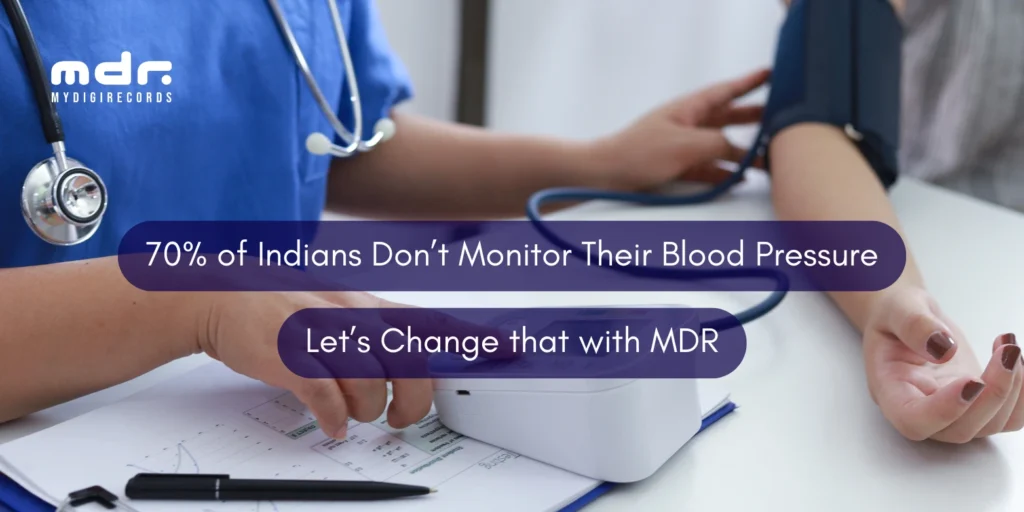
70% of Indians Don’t Monitor Their Blood Pressure – Let’s Change That with MDR
70% of Indians Don’t Monitor Their Blood Pressure – Let’s Change That with MDR Table of Contents: The Silent Killer
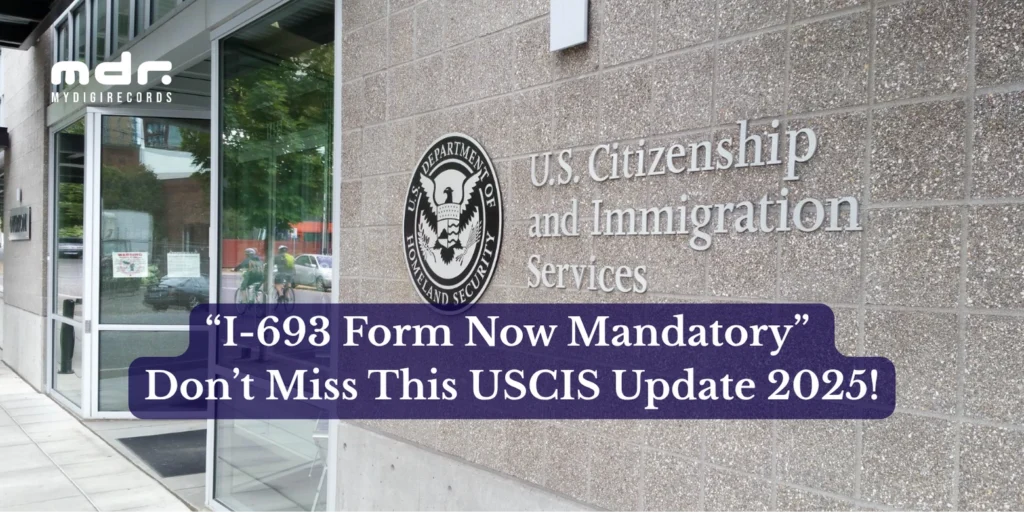
New USCIS Rule 2025: Green Card Applications Must Now Include Medical Form I-693 – What You Need to Know
New USCIS Rule 2025: Green Card Applications Must Now Include Medical Form I-693 – What You Need to Know Table
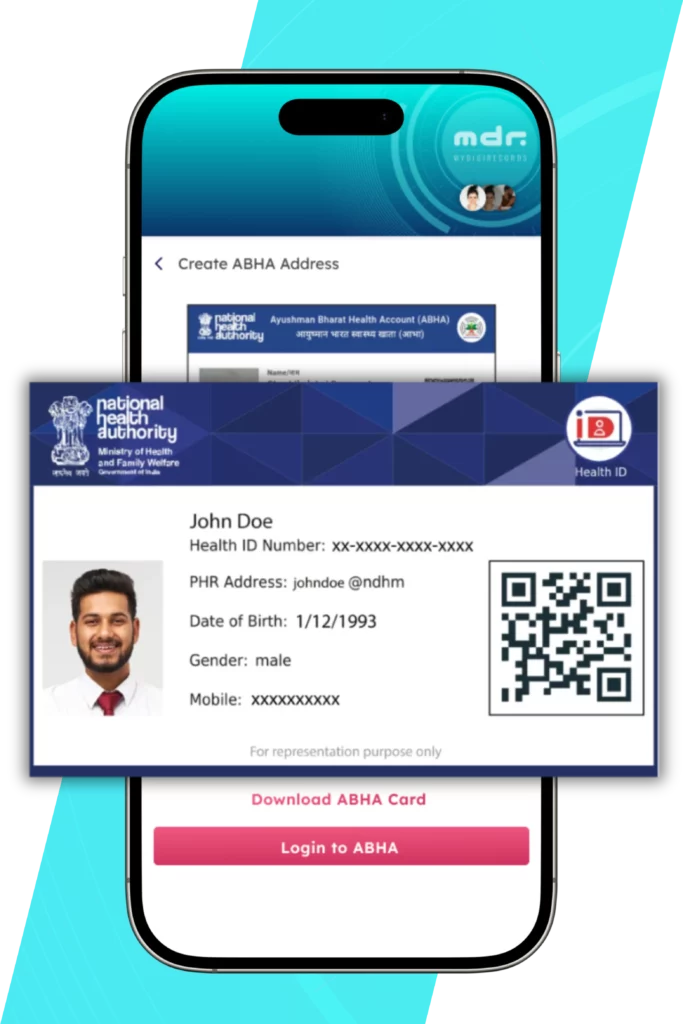
A Deep Dive into ABDM and ABHA ID with MyDigiRecords – Unlocking the Power of Digital Health
A Deep Dive into ABDM and ABHA ID with MyDigiRecords – Unlocking the Power of Digital Health Table of Contents:
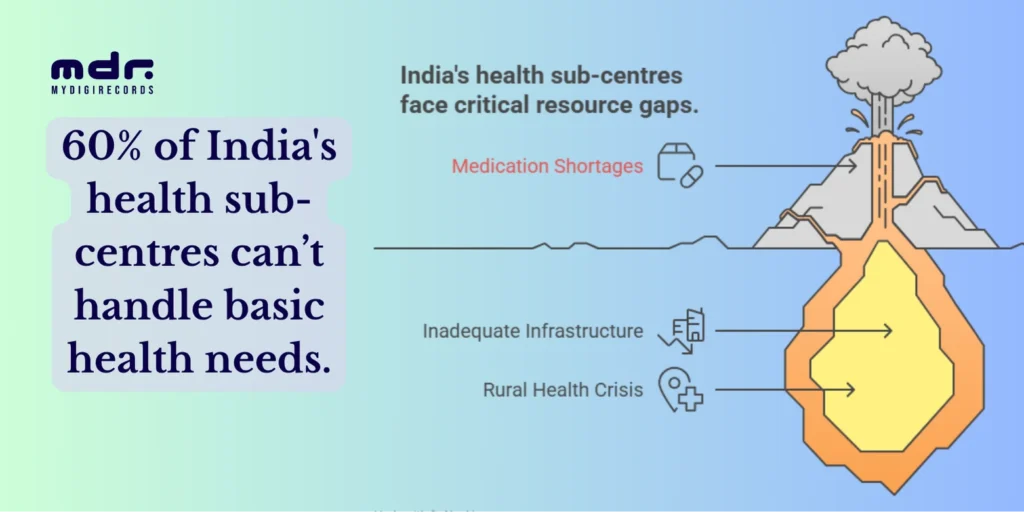
India’s Health Sub-Center Crisis: How Digital Health Records Can Bridge the Rural Care Gap
India’s Health Sub-Center Crisis: How Digital Health Records Can Bridge the Rural Care Gap Table of Contents: Introduction The Data

AI-Powered Face Scan: The Future of Blood Pressure Monitoring Is Here
AI-Powered Face Scan: The Future of Blood Pressure Monitoring Is Here Table of Contents: Introduction The Rise of Contactless Health

How Smart Clinics Are Using AI to Speed Up Diagnosis and Treatment
How Smart Clinics Are Using AI to Speed Up Diagnosis and Treatment Table of Contents: Introduction What Are Smart Clinics?
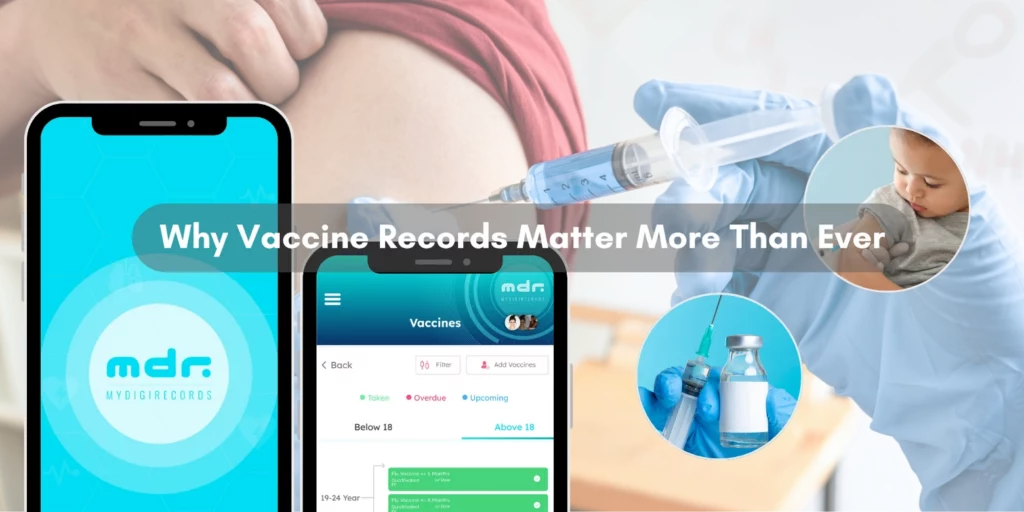
Vaccination Vault: Why Keeping Digital Records Is Now a Must in 2025
Vaccination Vault: Why Keeping Digital Records Is Now a Must in 2025 Table of Contents: Introduction Why Vaccine Records Matter
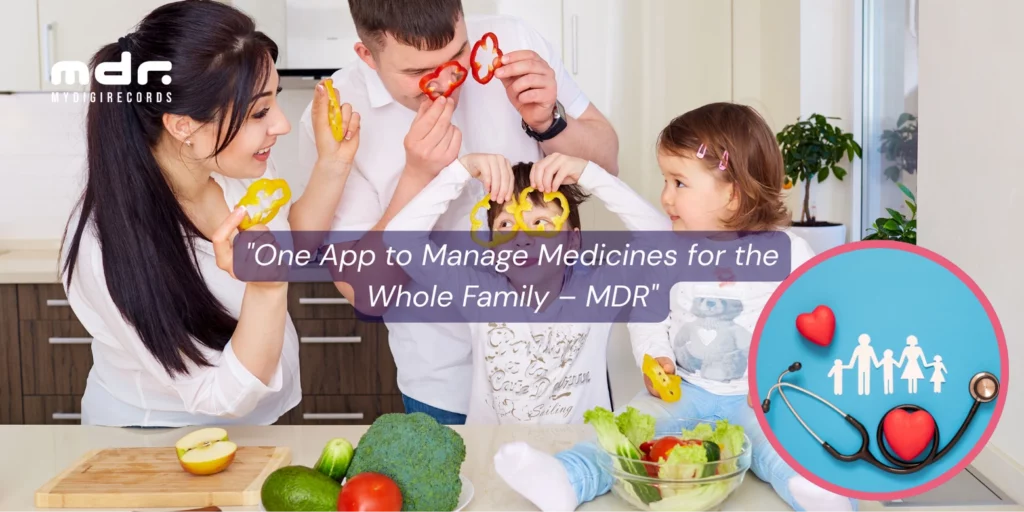
Managing Medicines for the Whole Family? Here’s How to Do It with One App
Managing Medicines for the Whole Family? Here’s How to Do It with One App Table of Contents: Introduction Why Medication
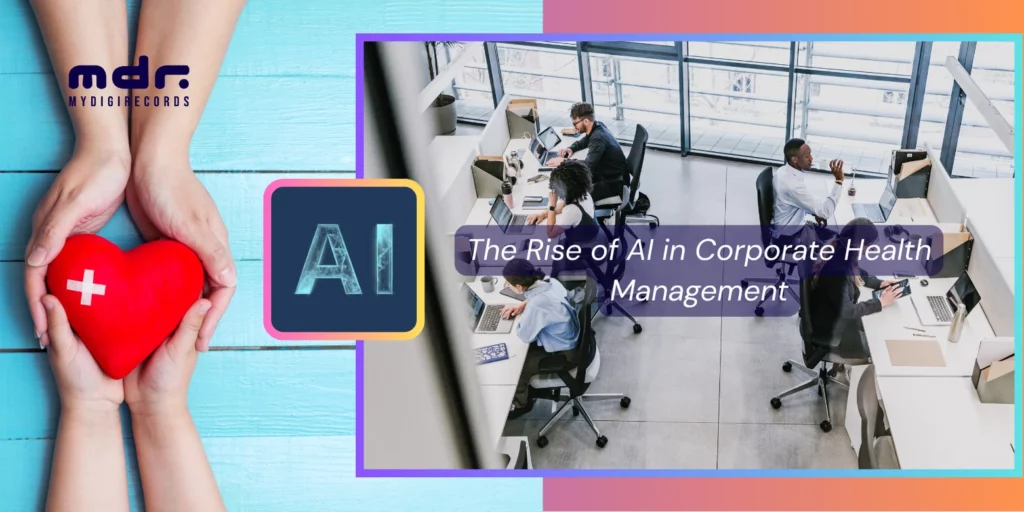
How Corporates Can Use AI-Powered Health Data to Boost Productivity
How Corporates Can Use AI-Powered Health Data to Boost Productivity Table of Contents: Introduction The Rise of AI in Corporate
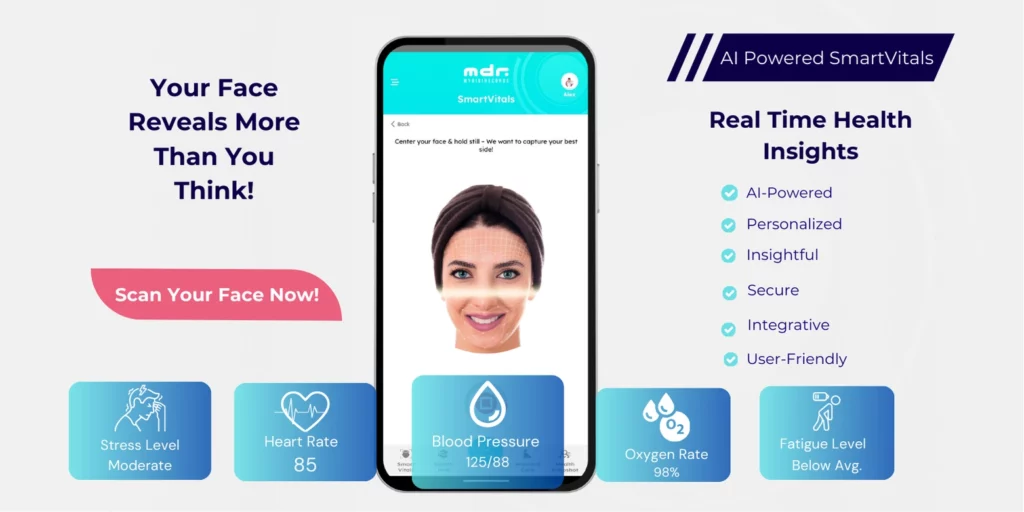
Top Health Tracking App in 2025: Introducing SmartVitals — Track Heart Rate, Blood Pressure, Sleep & More in One Place
Top Health Tracking App in 2025: Introducing SmartVitals – Track Heart Rate, Blood Pressure, Sleep & More in One Place

